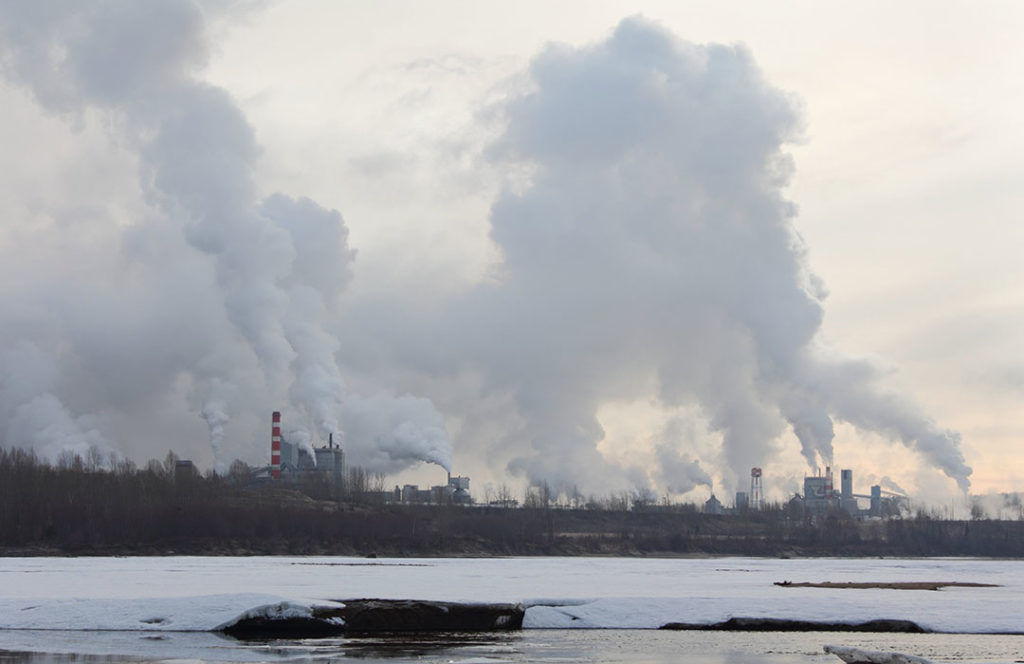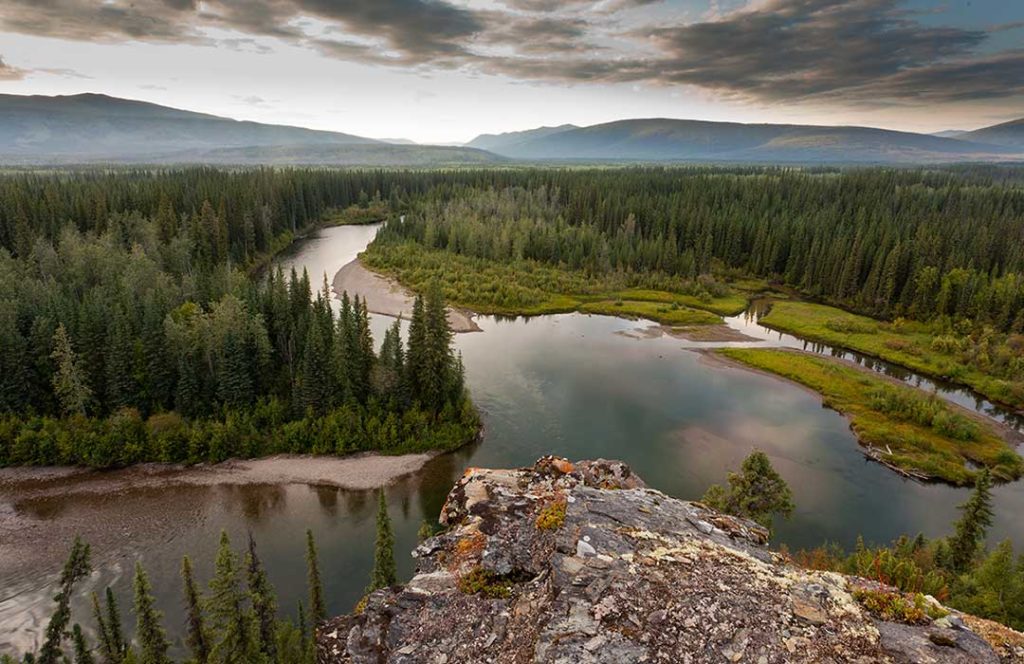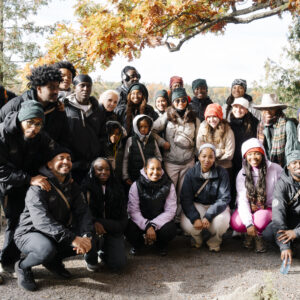Nature Canada Urges Ministers to Put Nature at The Centre of its Climate Adaptation Strategy
This year Canada will launch its first National Adaptation Strategy. Nature Canada has been working hard to ensure that nature protection and restoration are at its centre.
That’s important for two reasons.
First, extreme weather linked to human-caused climate change is threatening thousands of species and their habitats, as last week’s IPCC sixth climate assessment report makes clear. And second, the air, water, and food for our own survival depends on protecting nature and its diversity of species.
Last year, heat waves, fires, floods, and droughts killed hundreds of Canadians, displaced thousands, and caused billions of dollars of property damage.
We learned that Canada is not ready to face climate change.
Our government must do more to transition away from fossil fuels to limit future climate disasters. It must also ramp up protections against the extreme weather.

With the release of its Adaptation Strategy later this year, Canada has an opportunity to chart goals, objectives, and real actions to protect us from climate disaster.
Since last June, Nature Canada has been helping to inform Canada’s adaptation plan.
Last fall we spoke to nature groups from across Canada, gathering their views on priorities for adaptation. We brought these views forward to an expert advisory table on the Strategy.
And, last week, we wrote to the Minister of Environment and Climate Change Canada—and three other key Ministers—urging them to include actions to assess, value, protect, and restore nature in the framework for the Strategy, which is expected to be released soon.
Canada won’t be able to adapt to climate change unless it does a better job of protecting the forests, wetlands, grasslands, and coastal areas that both reduce global heating, provide habitat to precious wildlife and protect all species from floods, fires, droughts, and extreme heat. Indeed, investing in natural solutions to climate change (such as trees to reduce urban heat waves, wetlands to prevent flooding, seagrass to protect against coastal erosion) are often the most economical and effective ways to protect human health, while helping the well-being of all species as we adapt to a changing climate.

This spring Canadians will have an opportunity to provide feedback on the framework and raise their voices for key actions to be included in the strategy.
In the coming weeks, Nature Canada will work hard to help individuals and nature groups across the country speak up for all species and habitats affected by climate change.
Subscribe for updates and raise your voice for a healthier and more resilient Canada for all people, and for the plants, trees, birds, and animals upon which we depend!



